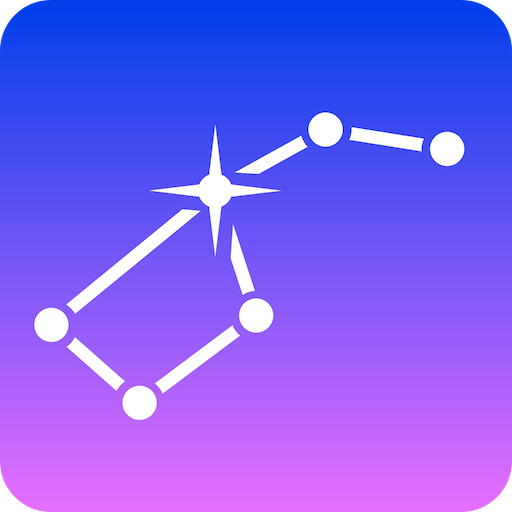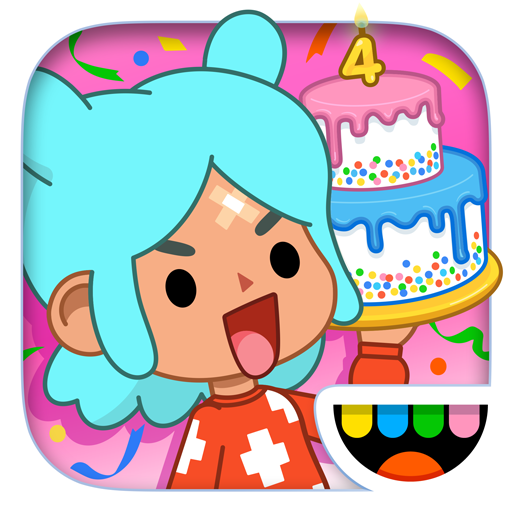Dictionary Merriam Webster
About this app
In today’s rapidly evolving digital landscape, possessing a reliable dictionary is essential for effective communication and learning.
The Merriam-Webster Dictionary app is recognized as a premier resource, offering an extensive array of features designed to enhance vocabulary and comprehension.
This article examines the app's key functionalities, evaluates its advantages and disadvantages, and presents user reviews to assist you in assessing its effectiveness.
Furthermore, it provides a comparative analysis of this app with other dictionary applications and includes a detailed guide for downloading and utilizing it.
Engage with this content to determine whether this app aligns with your language requirements.
Overview of Merriam-Webster Dictionary App
The Merriam-Webster Dictionary App is a comprehensive mobile application developed as an educational resource aimed at enhancing language learning. It offers users quick access to word definitions, pronunciations, synonyms, and antonyms.
With its user-friendly interface and offline access capabilities, the app serves as an invaluable tool for improving vocabulary and language skills, making it suitable for both academic and professional development.
Additionally, the app includes daily word notifications and a rich thesaurus, effectively assisting users in expanding their linguistic knowledge and engaging with the language more proficiently.
Features and Functions of the App
The Merriam-Webster Dictionary App is equipped with a comprehensive array of features and functionalities that significantly enhance the user experience. These include intuitive search capabilities, interactive quizzes, and engaging word games. The user interface is meticulously designed for easy navigation, allowing users to access various tools such as bookmarks and daily word notifications, which contribute to a dynamic and engaging learning process. For those seeking to deepen their understanding of language, the app offers premium features that enrich the educational experience.
The app's search functionalities are particularly commendable, enabling users to locate words swiftly through both voice input and typed queries. This accessibility feature is ideally suited for users of all ages, ensuring that everyone can benefit from the extensive vocabulary resources available.
Furthermore, the quizzes promote active learning by challenging users on definitions and synonyms, while the word games add an element of entertainment to language acquisition by inviting users to unscramble letters or match words with their meanings. The app's seamless performance and interactive tools cultivate a supportive and vibrant environment for language development, positioning it as an invaluable resource for learners seeking both education and enjoyment.
Pros and Cons of Using the App
The Merriam-Webster Dictionary App possesses numerous advantages that contribute to its status as a leading choice among dictionary applications; however, it also has certain limitations that prospective users should consider.
Its benefits include exceptional app performance, a user-friendly interface, and the comprehensive quality of its word definitions and educational resources, all of which garner high customer ratings and positive feedback.
Nonetheless, some users have identified areas for improvement, such as the need for a broader selection of word games and interactive features, which may restrict engagement for certain audiences.
Benefits and Limitations of the App
The Merriam-Webster Dictionary App offers a range of benefits that extend beyond mere word definitions, providing a comprehensive array of educational resources that foster language engagement and enhance cognitive skills. Users can improve their vocabulary through various interactive features; however, certain limitations, such as the absence of advanced language tools for more in-depth educational purposes, may impede the complete development of advanced learners.
This application is particularly advantageous for individuals seeking to improve their language proficiency in a mobile-friendly format, as it includes quizzes, word games, and daily challenges designed to maintain user engagement.
While beginners may find these tools invaluable for establishing foundational skills, experienced linguists might perceive the app as deficient in advanced features, such as detailed explanations of etymology or intricate syntax.
Consequently, while the app excels in promoting accessibility and usability, ensuring that users can interact with language in an intuitive manner, it may not fully address the requirements of individuals pursuing more profound linguistic analyses.
User Reviews and Ratings
User reviews and ratings are essential in evaluating the overall satisfaction and performance of the Merriam-Webster Dictionary App, providing insights into how well the app addresses the needs of its diverse user base.
Feedback from the community emphasizes the app's robust educational features, user-friendly interface, and reliability, with numerous users commending its comprehensive word definitions and pronunciation guides.
However, certain reviews identify areas for improvement, offering valuable guidance for potential users as they make their decisions.
Customer Feedback and Satisfaction
Customer feedback regarding the Merriam-Webster Dictionary App indicates a high level of user satisfaction, with numerous users praising its educational effectiveness. The app consistently ranks among the top dictionary applications available, reflecting its positive reception.
Users value the app's capability to provide quick and accurate word definitions, along with its engaging features that facilitate language learning and development. However, there have also been suggestions for further enhancements.
The app's seamless interface and intuitive design promote easy navigation, making it a preferred resource for both casual users and dedicated language enthusiasts. Notably, educational tools such as quizzes and vocabulary builders have garnered acclaim for transforming the often tedious process of learning new words into an enjoyable experience.
Many users report that these features enhance retention and boost overall confidence in their language skills.
While the majority of reviews express positivity, constructive feedback regarding additional language resources suggests that users seek even more comprehensive learning support. The app's commitment to delivering both functionality and enriching content significantly contributes to its esteemed reputation within the educational app landscape.
Comparison with Other Dictionary Apps
A comparative analysis of the Merriam-Webster Dictionary App and other dictionary applications reveals both significant differences and similarities that may influence user preferences and educational outcomes.
While numerous dictionary apps offer fundamental word definitions, the Merriam-Webster app distinguishes itself through its comprehensive features, superior content quality, and extensive language resources. These attributes contribute to its status as a preferred option for students and language enthusiasts.
Key Differences and Similarities
The primary distinctions between the Merriam-Webster Dictionary App and its competitors lie in unique features such as its extensive thesaurus, robust user interface, and superior offline access, all of which significantly enhance mobile usability and learning outcomes. While there may be similarities in basic functionalities, such as word definitions and search options, the overall user experience in the Merriam-Webster app is markedly more engaging due to its interactive features and community feedback.
For example, users frequently commend the app’s intuitive design, which facilitates seamless navigation and simplifies the exploration of word origins, pronunciation guides, and usage examples. In contrast to other dictionary applications, Merriam-Webster incorporates gamified learning experiences and quizzes that not only enhance vocabulary but also promote daily engagement.
Community feedback is instrumental, as users have the opportunity to suggest new words and contribute to the evolving language database. This fosters a sense of participation that enriches the learning environment. The app’s commitment to user interaction ultimately distinguishes it, ensuring a superior educational experience on mobile devices.
How to Download and Use the App
Downloading and utilizing the Merriam-Webster Dictionary App is a simple process that can be accomplished in a few steps on both iOS and Android devices, enabling users to access this valuable educational resource promptly.
Following installation, users will encounter an intuitive interface that facilitates seamless navigation and allows for customization of settings to enhance their overall experience, thereby enabling effective utilization of the app's features.
Step-by-Step Guide and Tips
This document provides a comprehensive step-by-step guide for downloading and utilizing the Merriam-Webster Dictionary App, along with strategies to enhance the overall user experience.
To begin, search for the application in the App Store or Google Play, ensuring that you select the official version to secure a user-friendly experience. Once the app is downloaded, navigate through its intuitive interface to discover key features, including the word of the day, quizzes, and personalized settings.
After installation, it is advisable to familiarize oneself with the app’s layout. The bottom navigation bar facilitates easy access to sections such as Favorites, History, and Games.
For a tailored experience, users are encouraged to explore the settings to adjust notifications, update display preferences, and select their preferred voice for audio pronunciations.
When searching for a word or phrase, users can not only access definitions but also hear pronunciation guides and view usage examples. This feature provides an engaging method for expanding vocabulary.
To further enhance the learning experience, consider setting daily notifications for the word of the day; this is a simple yet effective approach to integrating new vocabulary into daily conversation.
Related Apps
-
Anagram SolverGETEducational
-
Toca Boca WorldGETEducational
-
Star TrackerGETEducational


















